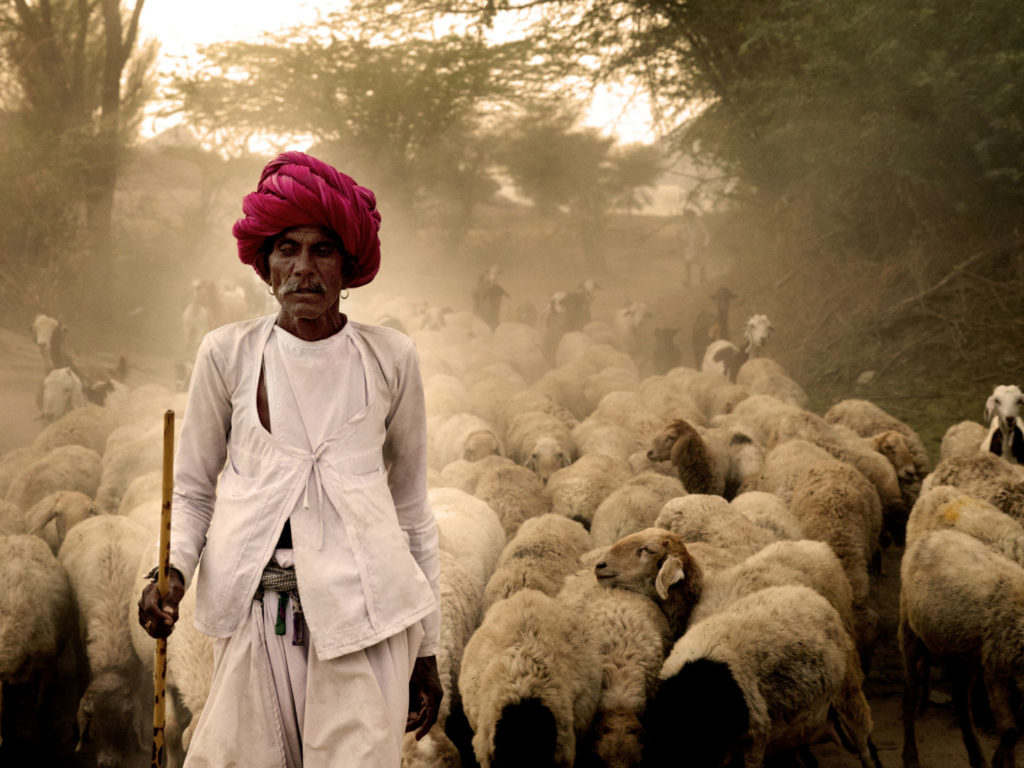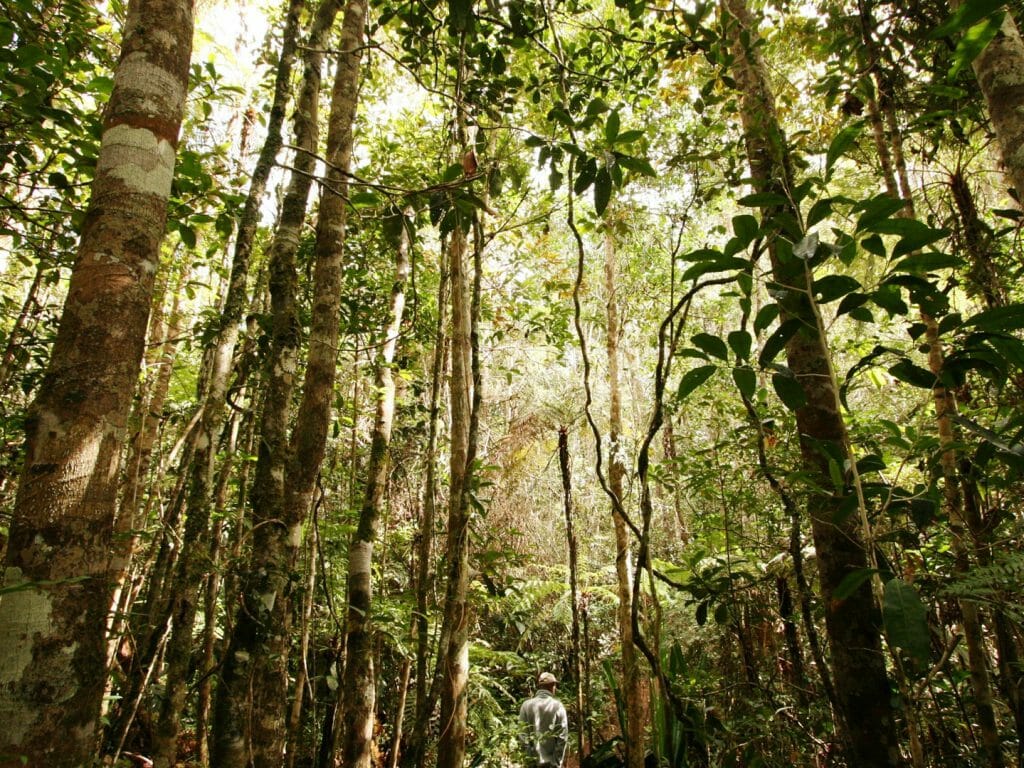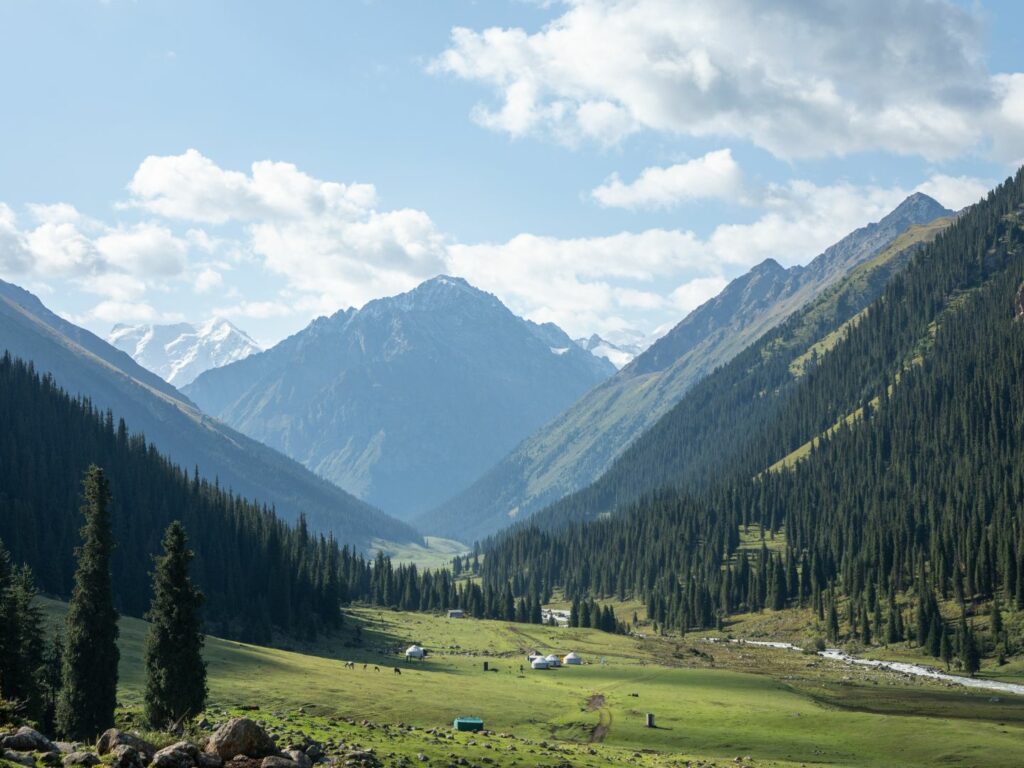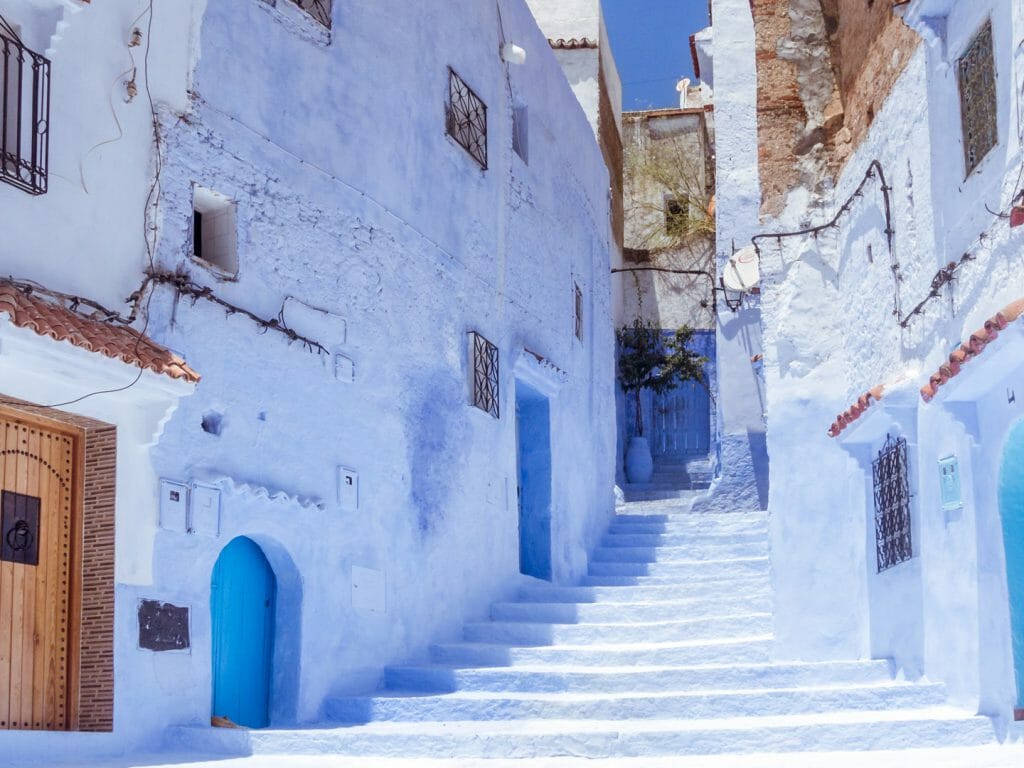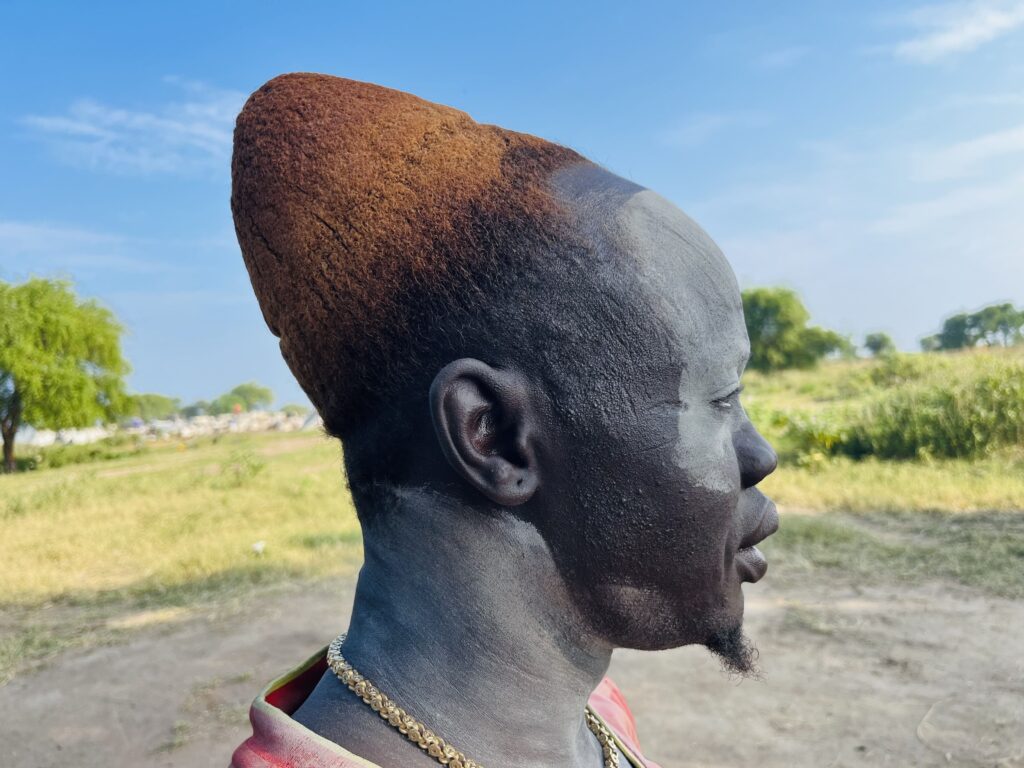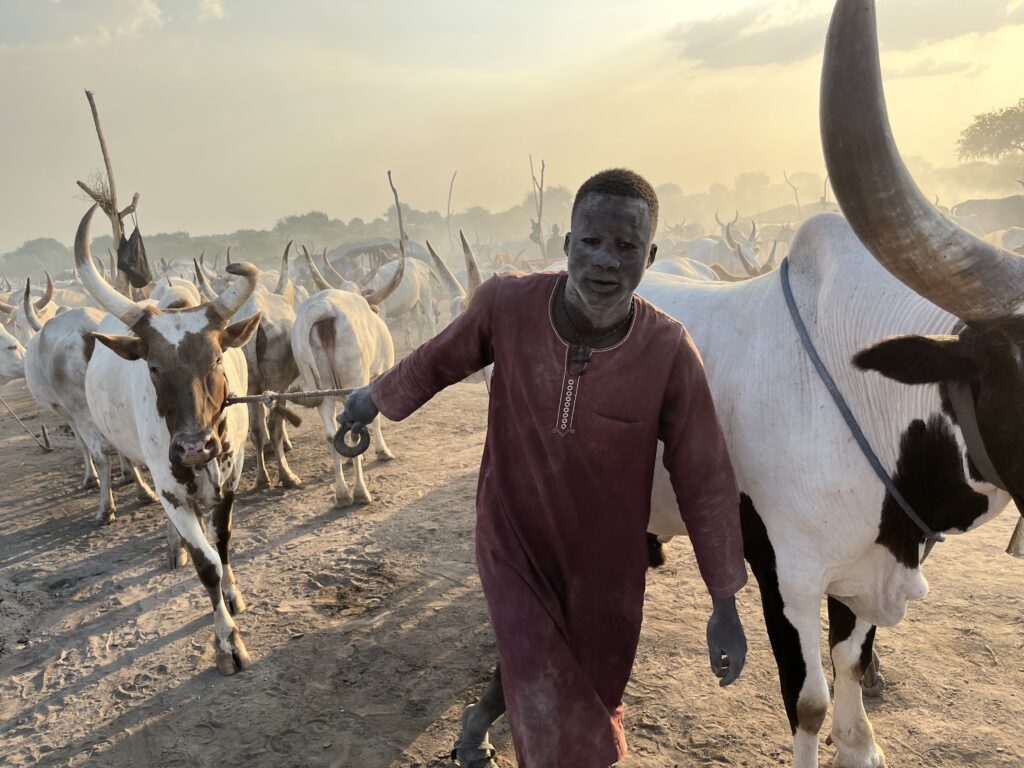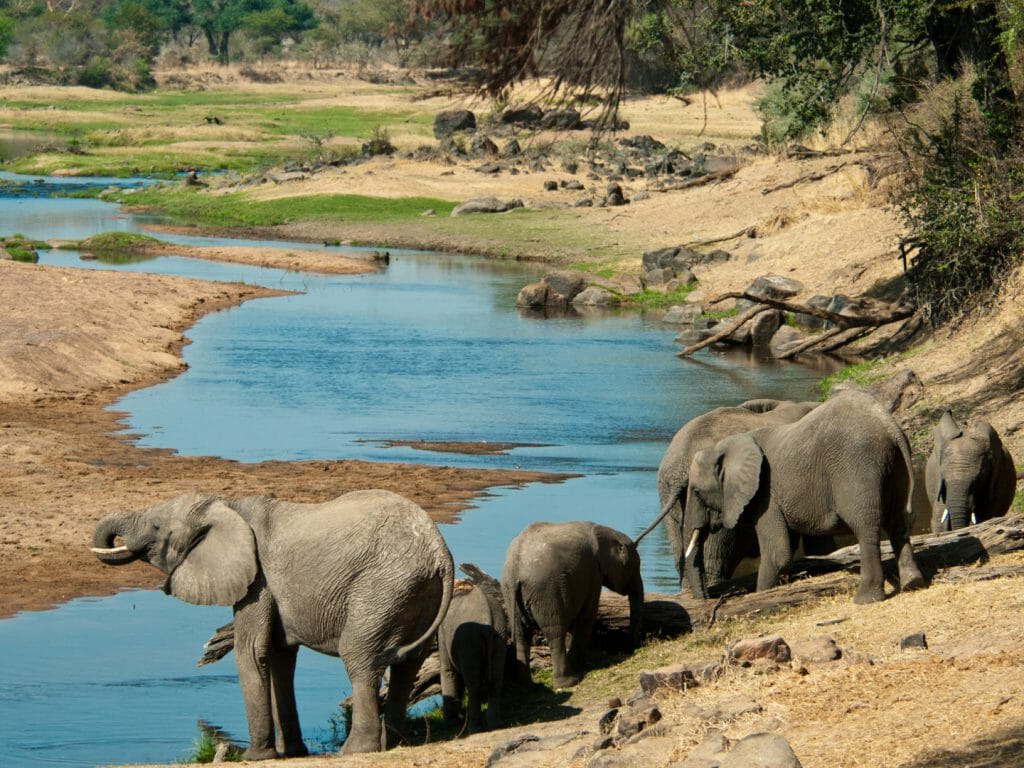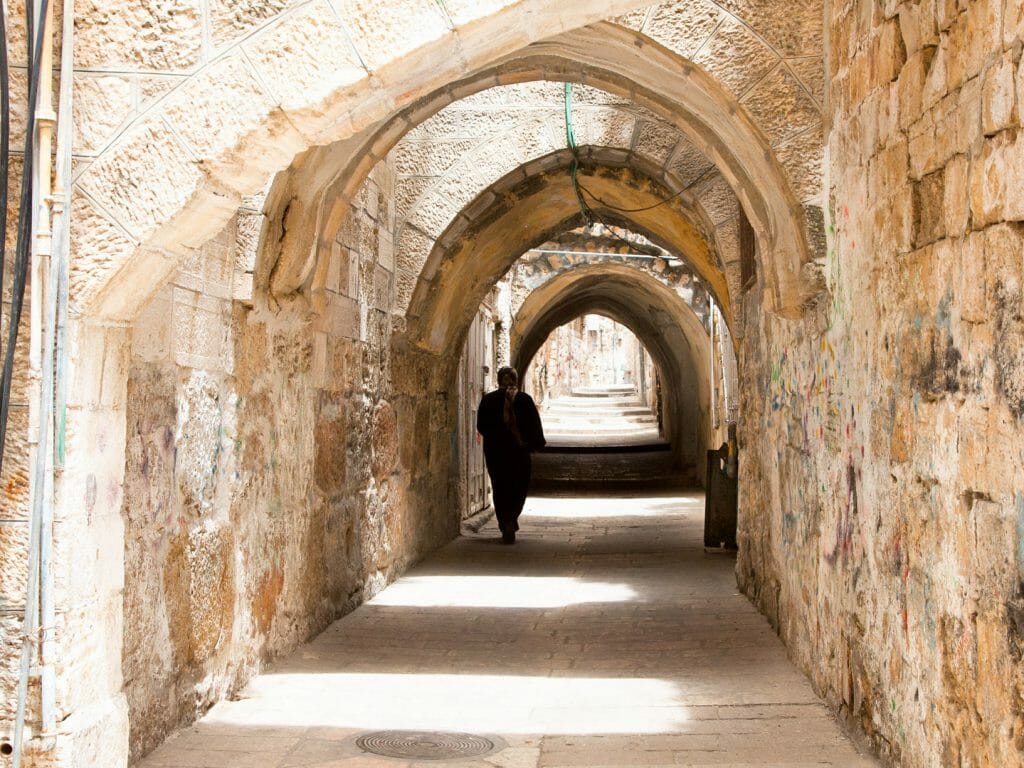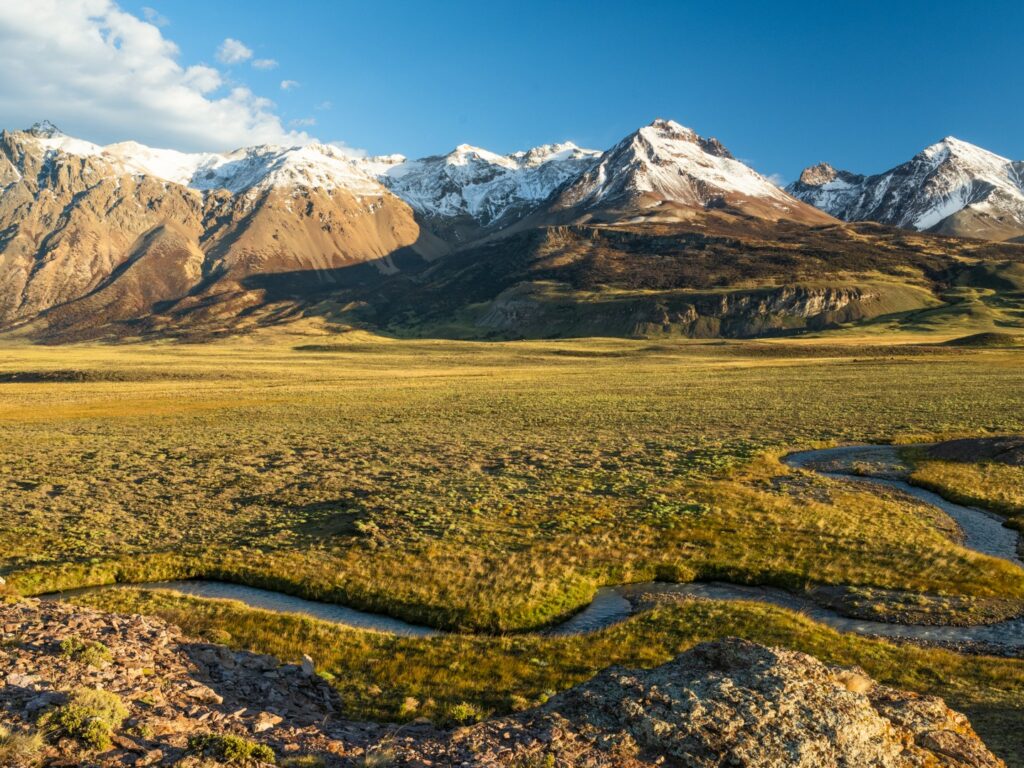It’s daybreak at Awasi Patagonia and one of our guides has already headed out into the Awasi Private Reserve with a guest. They spot some guanacos on high alert, their ears pricked and muscles tense, and suddenly catch sight of a puma. Distinctive for its unusually dark fur, this puma has been spotted recently around some woodland behind a deserted gaucho outpost.
They watch for about 20 minutes as the majestic creature stalks guanacos, before deciding he’s had enough play and slinking off on his way.
This was a wonderful experience for our guest and something we noted with interest in the Awasi Puma Foundation logbook as the puma acted entirely indifferent to human presence.
Truth be told, the situation surrounding Patagonia’s pumas reached a critical point last year. These majestic big cats were being hunted to such an extent that sightings in the area were rare.
In September 2017 the Awasi Puma Foundation was born, and after just the first season they are seeing results beyond their wildest hopes.
What is the Awasi Puma Foundation?
The aim is to provide safe areas for the puma and other native wildlife including guanacos and foxes, outside of the Torres del Paine National Park where they are not currently protected. Awasi has expanded its private reserve from 600 to 4,500 hectares, renting a sheep farming estancia and transformed it into a private reserve. This protected area limits the sheep farming and allows grasslands and shrubs to regrow after years of over-grazing and open for the return of guanacos, pumas, condors and foxes.
The guides and biologists patrol the area and check for poachers, for years puma have been killed by sheep farmers. In just 8 months, they have managed to prevent five cases of hunters targeting puma.
The Mission of the Awasi Puma Foundation
Our aim is to ensure that the native fauna is able
to inhabit its natural territory without threat.
By protecting large stretches of Patagonia,
we are creating biological corridors and helping
to conserve some of South America’s
most emblematic species.
“Our foundation has two sides,” says Awasi Patagonia head guide Cristian Asun, who is heading up the Awasi Puma Foundation, “one side is the touristic side which allows our guest to view the puma in their natural habitat. And the other is the work we are doing along with biologists to track their habits and learn more about their behavioural patterns.”
On the touristic side, we are creating a map to show guests the classic routes taken by the pumas, the places where they hunt, where they sleep, and the numbers of pumas inhabiting our reserve – at present we are able to define and distinguish the habits of six different pumas.
“The idea with 15 hidden cameras is to be able to cover more areas and increase the chances of capturing images of puma and other animals in the reserve,” says Awasi Patagonia Head Guide Cristian Asun, who is heading up the Awasi Puma Foundation.
These are still early days but they are already seeing marvellous results: they can now identity at least six different pumas which are inhabiting the reserve, one dominant male which has settled there and which, in turn, has attracted more pumas who are crossing the river and remaining in the reserve, rather than just using it as a corridor.
A huge amount of guanacos graze on the grasslands in the valley below the Awasi lodge now that there are no sheep in the area (the estancia livestock has been moved to other pastures). The presence of the guanaco clearly helps the pumas stay put, and they are slowly beginning to feel secure. Other native species have begun to strive as well, and sightings of fauna such as armadillos, rheas and other very rare types of smaller felines have increased.
Stay on the private reserve in Awasi Patagonia.


